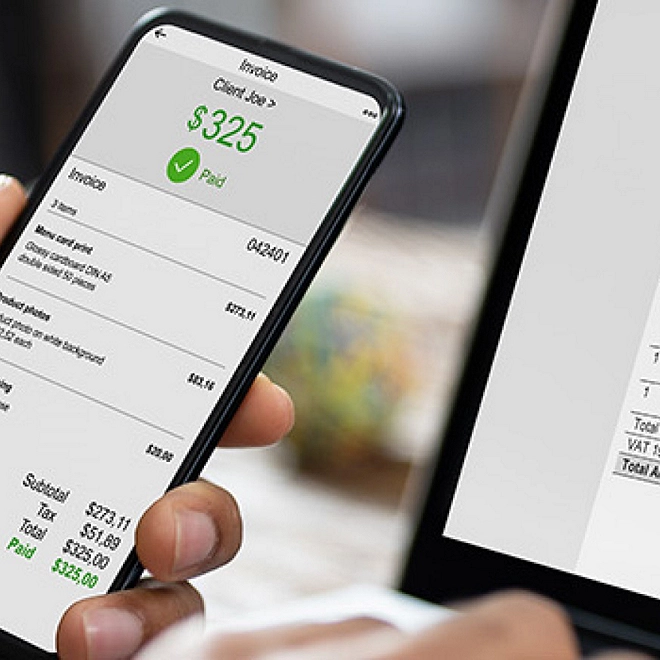Leveraging the new taxable supply information requirements
Tax Alert - April 2023
By Haidee Watkin
Leveraging the new taxable supply information requirements
For years Inland Revenue policed tax invoice requirements that had been established as far back as 1985, but now, the tax invoice requirements have undergone significant modernisation. The rigid requirements to be a “tax invoice” are being replaced by the more flexible “taxable supply information”. This change presents both challenges and opportunities for organisations, as they adjust their systems and processes to the new GST landscape. While the initial transition may pose some challenges, it also provides a chance to streamline interactions with suppliers and customers and optimise accounts payable and accounts receivable processes.
Key changes at a glance:
- The words “tax invoice” are no longer required
- Data does not need to be set out in a single document, it can be held in systems or multiple documents
- The threshold for reduced information requirements has increased from $50 to $200
The new taxable supply information requirements should reduce the cost of GST compliance. The increase in the low-value threshold from $50 to $200 will reduce the amount of detailed compliance testing. Gone are the days of chasing valid tax invoices for transactions that are slightly over $50, particularly for credit card reconciliations and employee reimbursements. Only basic information (name of supplier, date of invoice, consideration and description of goods/services supplied), which often can be found in existing documentation, such as credit card statements and expense reconciliation systems is required.
The shift to ‘Taxable Supply Information’ enables finance staff to shift their focus from invoice testing to ensuring the relevant information is collected and maintained during customer and supplier setups, reducing the number of compliance tests required on invoices at processing time. For example, if the supplier name and GST number is collected during a supplier setup when invoices are later processed, only the date, a description of goods and tax particulars will need to be checked by the accounts payable team.
In most circumstances, taxable supply information is only required to be issued for taxable supplies in excess of $200 and the recipient of the supply has requested the taxable supply information. There are some exceptions to this including listed services and what were formally known as ‘buyer created tax invoices’ (discussed in the questions below).
The new taxable supply information requirements provide more flexibility and allow organisations to streamline GST compliance.
Commonly asked questions on the changes
April 2023 - Tax Alerts
New tax year, new tax legislation
New FBT exemptions for bikes and public transport explained
Tax bill update – residential property rules
Treatment of land holding costs explained by Inland Revenue
Complicated, confusing and misunderstood…GST apportionment rules are changing





